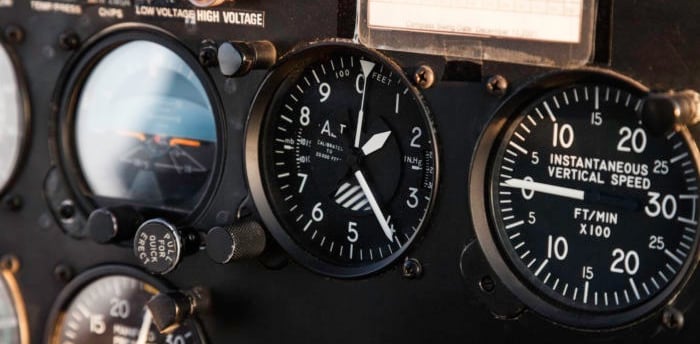What is the Transition Altitude
4/10/20252 min read


Difference between altitude and flight level
When we take off from an airport we normally use the QNH at that time to set the altimeter in order to have a precise reading of the elevation and our surroundings, but as we climb, there is a point where precision is not required but instead, we prefer to be sure all aircrafts around, use the same setting on the altimeter so we can fly all of us with the same reference in altitude. In order to fly with the same reference with other airplanes coming from different places we have to set the standard QNH, normally called QNE and this equals 1013,2 hPa or 29,92 inHg.
When we fly using the real Pressure setting for that zone at that weather conditions we can say that we are flying under QNH and using the term "Altitude" but when we use a standard setting to have the same reference as other airplanes coming from different regions and different weather conditions, we say we are using "Flight Levels".
Transition level and transition altitude
When we climb, we go from altitude to levels, and that is called "Transition Altitude" as we are flying in altitudes. While descending we go from levels to altitudes, and at that level, where we change to the real pressure setting, it's called "Transition level" as we do a transition from levels as the name perfectly says.
Between Transition Altitude and Transition Level we find the transition layer, normally it tends to be as thin as possible as there might be aircraft flying with different altimeter settings.
Why transition altitude is the name of our blog?
Beyond its technical meaning, transition altitude holds a deeper beauty. It’s the point where we leave the chaos below and climb past the horizon — into smoother skies, open space, and a different state of mind.
Above this invisible line, navigation shifts. The rules change. And so does our perspective. It’s where flying transforms into something more than movement — it becomes experience, adventure, and discovery.
That’s why this project bears its name: because learning about aviation should feel like that moment — clear, limitless, and full of potential.
Subscribe to our newsletter
Be the first one to discover our new posts
Created by a commercial pilot to share real-world aviation knowledge.
Join the newsletter to stay updated with weekly insights, articles, and exclusive book content.
contact@transitionaltitude.com
© 2025 Transition Altitude. All rights reserved.